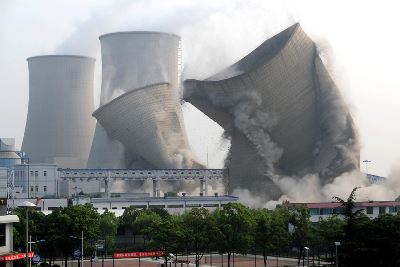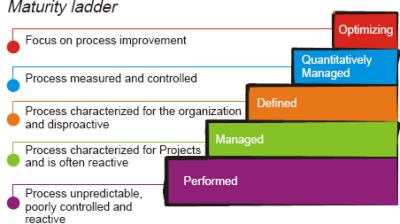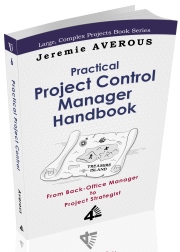How to Handle Large Complex Projects That Involve Multiple Offices Globally
Large Complex Projects involve a global contracting strategy. Many of those projects also involve multiple project management and engineering offices that can sometimes be geographically very distant. Specific challenges arise in this configuration that need to be anticipated to allow for project success. In our new White Paper 2018-12 ‘How to Handle Large Complex Projects That Involve Multiple Offices Globally’ we share some of the best practices we have identified for those multiple-office projects.
 Project offices are substantial offices consisting of a subset of the project team, leveraging on a locally established organisation, and generally headed by a direct report to the Project Director or overall Project Manager.
Project offices are substantial offices consisting of a subset of the project team, leveraging on a locally established organisation, and generally headed by a direct report to the Project Director or overall Project Manager.
Typical multiple project office setups will result from the following:
- Project office quite distant from the construction site,
- Local content requirements
imposing need for local team with support from other corporate offices,
For Owners,
- Multiple key contractors, each in turn possibly leveraging several office locations.
For Contractors,
- Multiple offices due to capacity or specialisation reasons,
- Key subcontractor that requires localisation of a subset of the project team.
The dynamics of the multiple office setup will evolve during project progress, typically with the site office taking an increasing importance as engineering and procurement tapers off in other offices.
On Large Complex projects, remote offices involving project sub-teams are inevitable. In those conditions developing and maintaining an effective project team, condition for project success, is a challenge. Specific efforts must be devoted to team formation and continuous internal communication. This may require some investment in travel, tools and time, and needs to be taken into account when planning for the project.
Read our new White Paper 2018-12 ‘How to Handle Large Complex Projects That Involve Multiple Offices Globally’ to discover the details of running successful multi-office projects.
If you can’t access the link to the white paper, copy and paste the following link in your browser: http://www.projectvaluedelivery.com/_library/2018-12_multi_office_projects_v0b.pdf











How To Measure an Organization’s Project Management Maturity level for Large Complex Infrastructure Projects
Following up from the measurement scale for evaluating the maturity level of a project organisation, our new White Paper 2018-08 ‘How To Measure an Organization’s Project Management Maturity level for Large Complex Infrastructure Projects’ exposes the tips and tricks of measuring this maturity in real life.
Measuring the Project Management Maturity Level of an organization is complicated by the fact that it might not be identical in all locations and by the fact that it requires a comprehensive review of the organizations capabilities. Still it is a useful indicator of overall efforts to be performed by the organization as well as for specific issues faced in some project offices. In that sense, the exercise is very beneficial to organizations inasmuch that it sometimes uncovers blind spots that might be extremely prejudicial to business performance. Inconsistencies in maturity levels across offices is also a key indicator of efforts to be made internally to improve consistency of delivery.
Discover in detail how to measure the maturity level of a project-driven organisation in our new White Paper 2018-08 ‘How To Measure an Organization’s Project Management Maturity level for Large Complex Infrastructure Projects’.
If you can’t access the link to the white paper, copy and paste the following link in your browser: http://www.projectvaluedelivery.com/_library/2018-08_Measuring_Project_Maturity_Level_v0b.pdf